There is no denying that the motoring world is changing faster than ever. Electric cars are no longer niche curiosities. They are becoming the default for many buyers, and manufacturers know they need to make the transition feel familiar, friendly and, ideally, desirable. One of the easiest ways to soften the switch is to bring back something people already love. Nostalgia is a powerful marketing tool, and car companies know it.
Of course, this idea is nothing new. Volkswagen did it with the Beetle in the late 90s. Fiat revived the Panda and breathed new life into the 500, which went on to become one of the most successful automotive reboots of all time. Mini was reborn under BMW and became a global hit. Even Ford tried it with the Mustang, although what came next is… questionable. The point is simple. Familiar badges make big money.
Now that we are moving into the electric era, manufacturers are once again digging through their heritage drawers, pulling out well-loved classic models and giving them a modern twist. The aim is to evoke the charm of the original while appealing to a brand-new audience who want electric driving without losing personality.
And right now, no brand is embracing this retro-electric movement quite like Renault.
Renault’s Retro Resurgence
Renault has been on an absolute roll recently, spectacularly leaning into its back catalogue to help usher in a new generation of electric cars. Rather than inventing forgettable names or bland new models, Renault wisely decided to revive some of its most iconic hits. The result is a trio of charming, modern EVs that nod strongly to the past without feeling stuck in it.
Let’s take a closer look at each one.
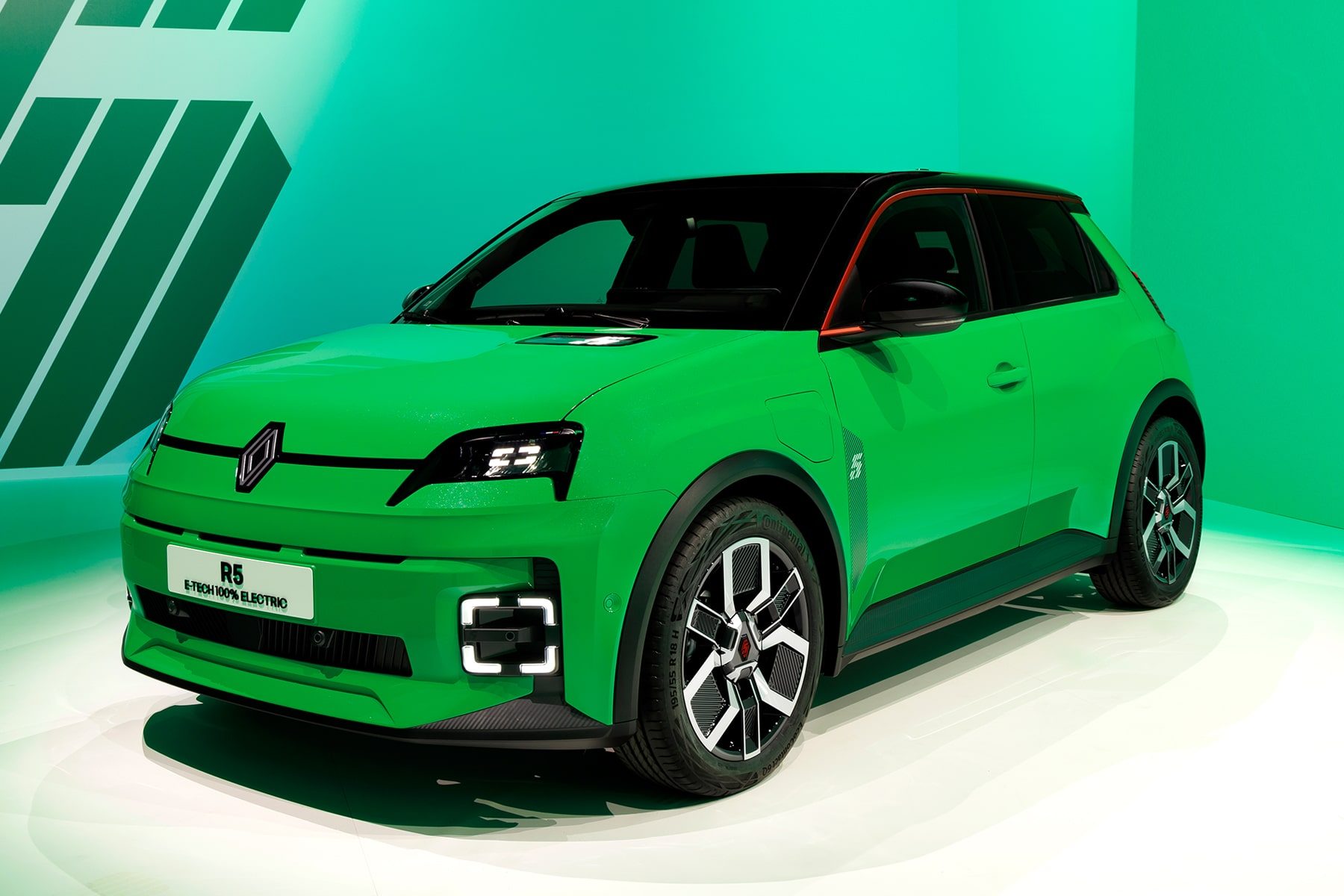
Renault 5 E-Tech
The Renault 5 is arguably the most exciting comeback in years. The original R5 was a proper icon. Loved for its simplicity, charm and cheeky styling, it was one of the best-selling cars of its time. Now it is back as a full EV.
The new Renault 5 E-Tech is instantly recognisable. The boxy silhouette, the upright stance, the confident headlights and even the bright colour palette all hint back to the 1970s original. Renault has done a brilliant job walking that fine line between retro fun and modern polish.
Key facts about the new model:
- Built on Renault’s advanced CMF-B EV platform
- Expected range around 250 miles (model dependent)
- Electric motor producing roughly 120 to 150 bhp
- Battery sits low for improved handling
- Cabin design includes nods to the original dash layout
Size-wise, it is slightly larger than the classic R5, but still very much a compact city car. Inside, the digital screens, ambient lighting and sustainable materials remind you it is a thoroughly modern EV. Yet it still manages to feel playful, just like its ancestor.
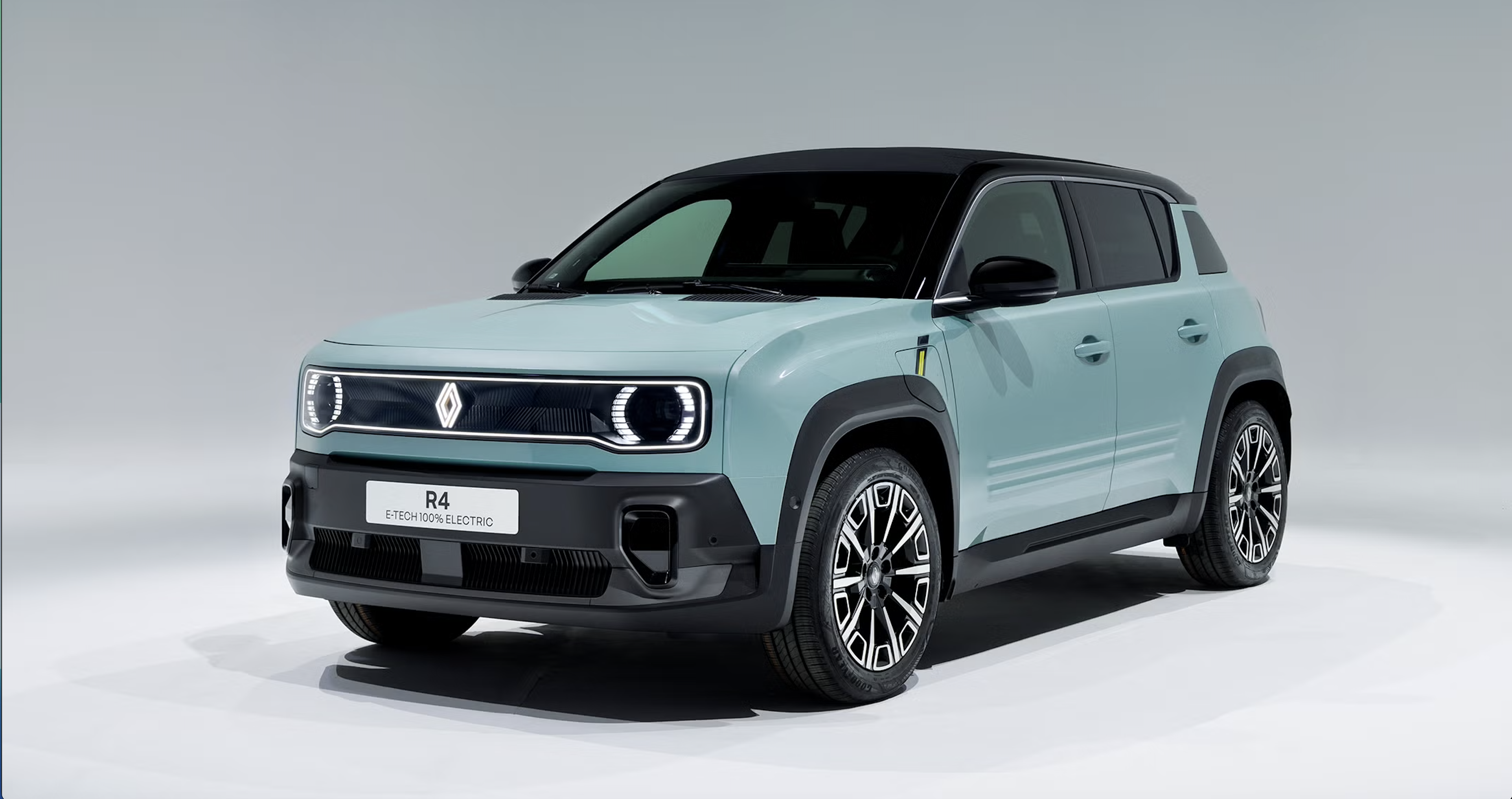
Renault 4 E-Tech
If the new Renault 5 is a cute city runabout, the revived Renault 4 is its practical, slightly quirky sibling. The original R4 was a boxy workhorse, beloved for its simplicity and rugged nature. It was the car of farmers, families, students and adventurers for decades. It was also Renault’s first production front-wheel drive car.
The new Renault 4 E-Tech, due in the next couple of years, wears its heritage proudly. It has a tall, upright body, distinctive rear quarter panels and a modern interpretation of that friendly face. Renault even refers to it as the “electric go-anywhere city SUV”, which is a nice nod to how adaptable the original was.
Highlights include:
- Based on the same EV platform as the R5
- Expected 250-300 mile range
- Chunky, durable styling aimed at younger buyers
- Design cues inspired by the famous “4L Trophy” charity rally
This is Renault tapping into nostalgia differently. Rather than just resurrecting a shape, they are reviving an entire spirit. The new R4 feels adventurous, friendly and unmistakably Renault.
Renault Twingo Electric
The Twingo has always been a little oddball, in the best way. The original 1990s Twingo was cute, clever and slightly quirky. It became a style icon in France and across Europe, known for its bright colours, happy face and surprisingly spacious interior.
Now, reanulatg is revising another of their classic models in the form of the Twingo, this time fully electric and aiming to be one of the most affordable EVs on the market. Renault confirmed it is targeting a sub £20k price, challenging the idea that EVs must be expensive.
What we know so far:
- Expected launch in 2026
- Retro-styled front lights inspired by the original
- Clean, minimalist body with fun colour accents
- Ultra-efficient electric motor aimed at city driving
- Compact footprint similar to the 90s version
This is Renault doing what it does best. Fun, simple, affordable and cheerful motoring for the masses.
Citroën Ami: A Retro Name, Reinvented Completely
The Citroën Ami is a slightly different kind of revival. The name Ami was first used on a quirky family car in the 1960s and 70s. It was unusual looking, practical, lightweight and very French.
The modern Ami takes the same ethos but brings it into the EV era with a huge twist. Rather than being a traditional car, the new Ami is technically a quadricycle. It is tiny, electric, incredibly cheap to run and designed for ultra-short trips.
Some facts about the new Ami:
- Top speed of 28 mph
- Range of around 46 miles
- Can be driven in some countries from age 14
- Ultra-lightweight recycled materials
- Boxy, symmetrical body to reduce production costs
It looks nothing like the original Ami, yet it carries the same mischievous, practical energy. It is simple, accessible and odd in the best way.
This is retro revival done differently. Rather than digging up an old silhouette, Citroën revived the spirit of freedom and mobility that defined the original.
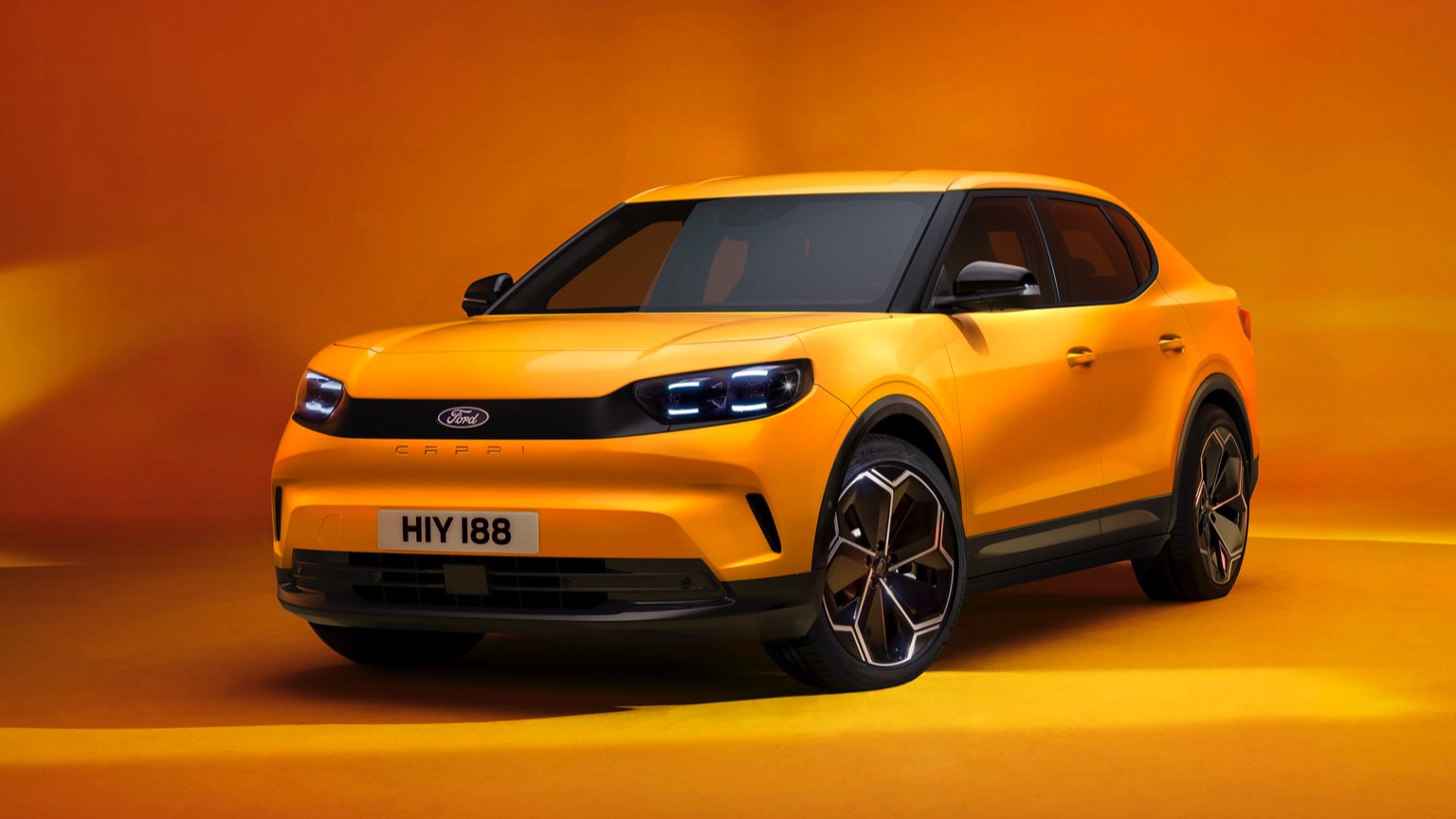
Ford Capri: The Controversial Comeback
And now we arrive at the most divisive revival of them all. Ford has brought back the Capri name. The original Capri from the 60s, 70s and 80s was marketed as “the car you always promised yourself”. It was a properly stylish coupé, loved by boy racers, enthusiasts and families who wanted something a bit special.
The new Capri, unfortunately, is none of those things. It is an electric SUV-crossover. In fact, it looks more like a stretched Mustang Mach-E than anything remotely Capri-like.
The problems:
- It is not a coupé
- It is not sporty
- It is not sleek
- It is not light
- It has none of the original’s charm
The new Capri’s biggest issue is simple. It borrowed the name purely for attention. There is no real design link, no emotional connection and no heritage carried through. Mustang fans already reacted badly to the Mach-E using the Mustang name. Capri fans are just as upset.
It feels like Ford had a chance to do something special and chose the safe, profitable route instead. An actual electric Capri coupé would have been wildly popular. Instead, we got another SUV. A missed opportunity if ever there was one.
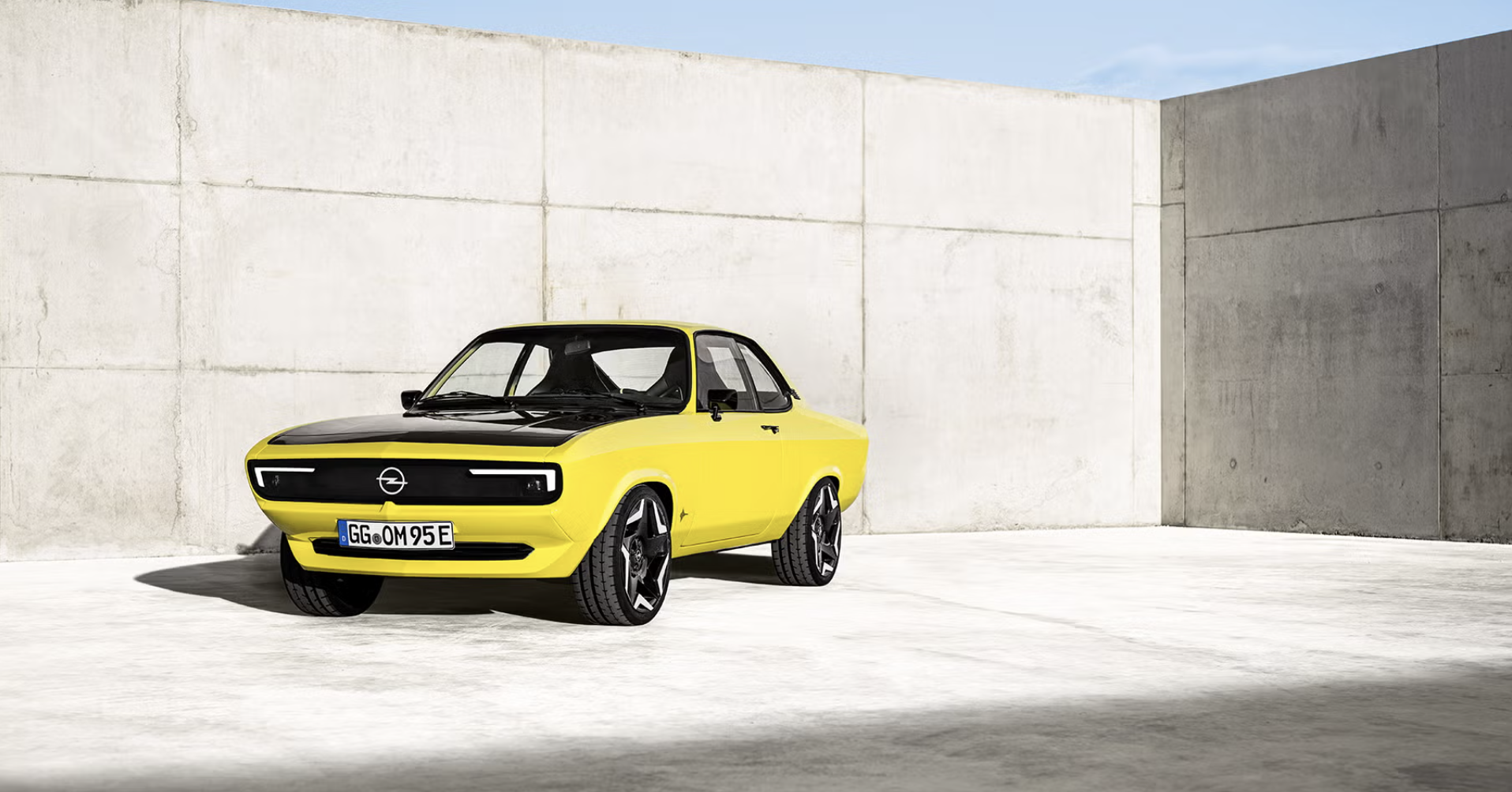
Opel Manta GSe: A Retro Revival Done Right
Thankfully, Opel shows how to revive a classic properly. The Opel Manta GSe ElektroMOD is not a mass-production model but a concept that demonstrates how to combine heritage with modern tech beautifully.
A few highlights:
- Based on an original 1970s Manta
- Fully electric drivetrain
- Manual gearbox retained for driver engagement
- Clean, sharp front grille with LED panel
- Styling closely matches the original lines
This is how you blend old and new. It respects the original design. It embraces the Manta’s character. And it proves that electric classics do not need to lose their soul.
The public reaction was incredibly positive. Many enthusiasts even said they would buy one instantly if Opel ever put it into production.
It is a fantastic example of how retro electric cars can be done properly.
The Retro EV Trend Is Only Just Beginning
Electric cars may represent the future, but manufacturers clearly know that the past still sells. Nostalgia is powerful. Familiar names and shapes help people embrace change more easily. And in a world where many new EVs look the same, retro revivals offer personality and charm.
Renault’s modern R5, R4 and Twingo prove how to do this tastefully. Citroën’s Ami takes the spirit of the past and reinvents it for a new purpose. Opel’s Manta GSe shows how heritage and innovation can coexist beautifully. And Ford’s Capri… well, it shows what not to do.
So the big question is:
Which classic model would you like to see revived next?

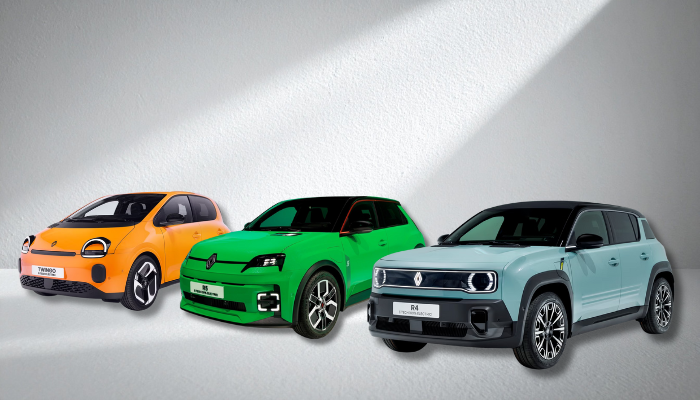




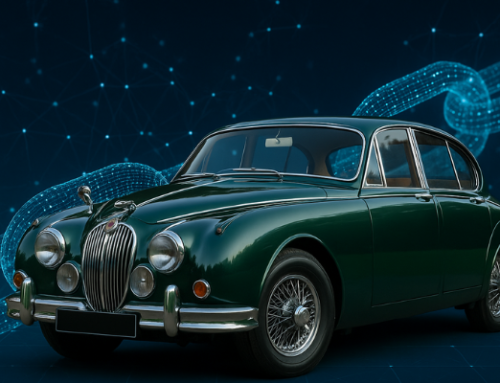
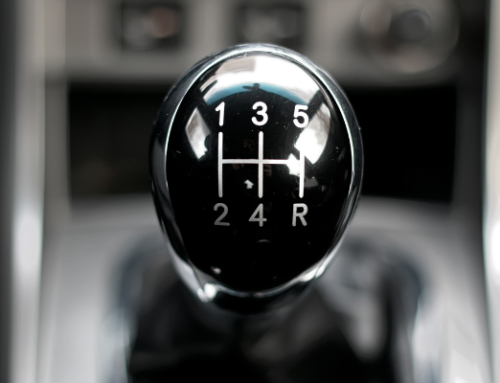

Leave A Comment